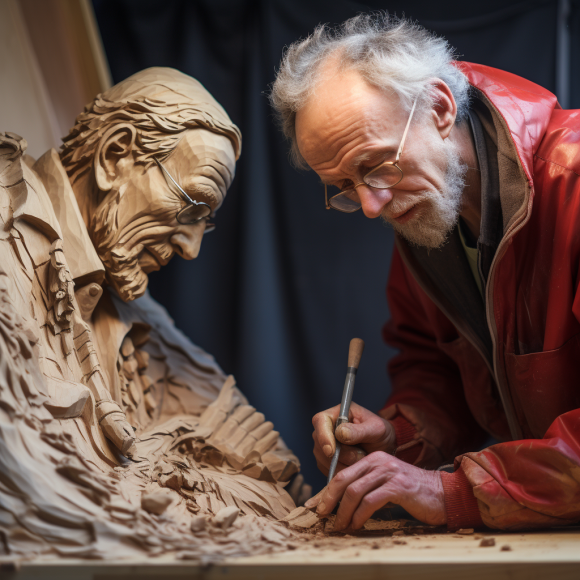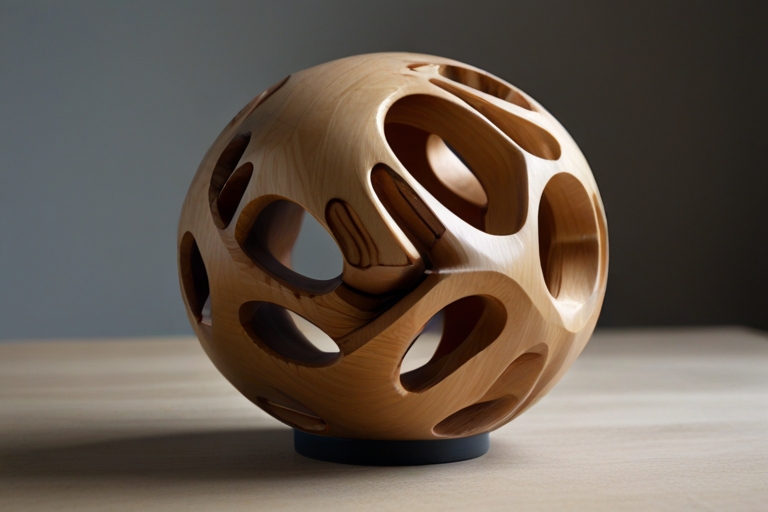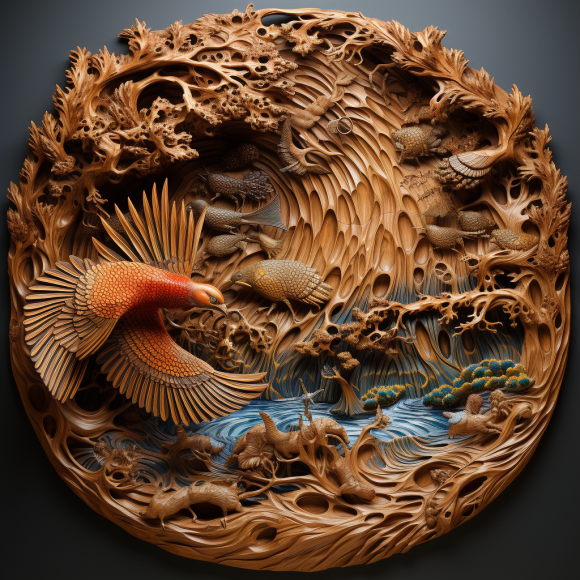Wood Sculpture as a Form of Cultural Expression: Global Perspectives
Wood sculpture has been a cornerstone of cultural expression across diverse societies and civilizations, reflecting the values, beliefs, and traditions of communities around the world. From intricate carvings imbued with spiritual symbolism to bold contemporary interpretations of cultural identity, this article explores the rich tapestry of wood sculpture as a universal language of artistic expression.
Traditional Craftsmanship: In many cultures, wood sculpture has deep roots in traditional craftsmanship, passed down through generations as a sacred art form. From African tribal masks to intricate Balinese carvings, these sculptures serve as tangible expressions of cultural heritage, embodying myths, legends, and rituals that have shaped communities for centuries. Crafted with meticulous attention to detail and imbued with spiritual significance, traditional wood sculptures offer a window into the soul of a culture, preserving its essence for future generations.
Symbolism and Spirituality: Wood sculpture often serves as a conduit for spiritual expression, channeling the beliefs and rituals of a particular culture into tangible form. In indigenous communities, sacred totems and ritual objects carved from wood embody the connection between humanity and the divine, serving as vessels for prayer, ceremony, and reverence. From the serene Buddha statues of Southeast Asia to the intricate Maori carvings of New Zealand, wood sculptures reflect the spiritual essence of their creators, inviting contemplation and communion with the sacred.
Cultural Identity and Representation: In an increasingly globalized world, wood sculpture serves as a powerful tool for asserting cultural identity and reclaiming narratives that have been marginalized or erased. Contemporary artists draw inspiration from traditional techniques and motifs to create bold, innovative works that challenge stereotypes and celebrate cultural diversity. From indigenous artists reclaiming their heritage to diaspora communities exploring themes of belonging and displacement, wood sculpture becomes a medium for reclaiming agency and asserting the unique perspectives of underrepresented voices.
Cross-Cultural Exchange: Wood sculpture also facilitates cross-cultural exchange, fostering dialogue and understanding between diverse communities. As artists draw inspiration from a myriad of cultural influences, they create hybrid forms that transcend geographic boundaries and challenge conventional notions of identity. Collaborative projects bring together artists from different backgrounds to explore shared themes and create new narratives that bridge cultural divides. Through these exchanges, wood sculpture becomes a catalyst for empathy, connection, and mutual respect, enriching the global tapestry of artistic expression.
Wood sculpture transcends geographic, temporal, and cultural boundaries, serving as a universal language of artistic expression that speaks to the human experience in all its diversity and complexity. From traditional craftsmanship rooted in ancient rituals to contemporary interpretations that challenge conventions and provoke thought, wood sculpture continues to evolve as a vibrant reflection of cultural identity, spirituality, and interconnectedness. As we celebrate the myriad voices and perspectives represented in wood sculpture around the world, let us embrace its power to inspire empathy, foster understanding, and celebrate the rich tapestry of human creativity.






